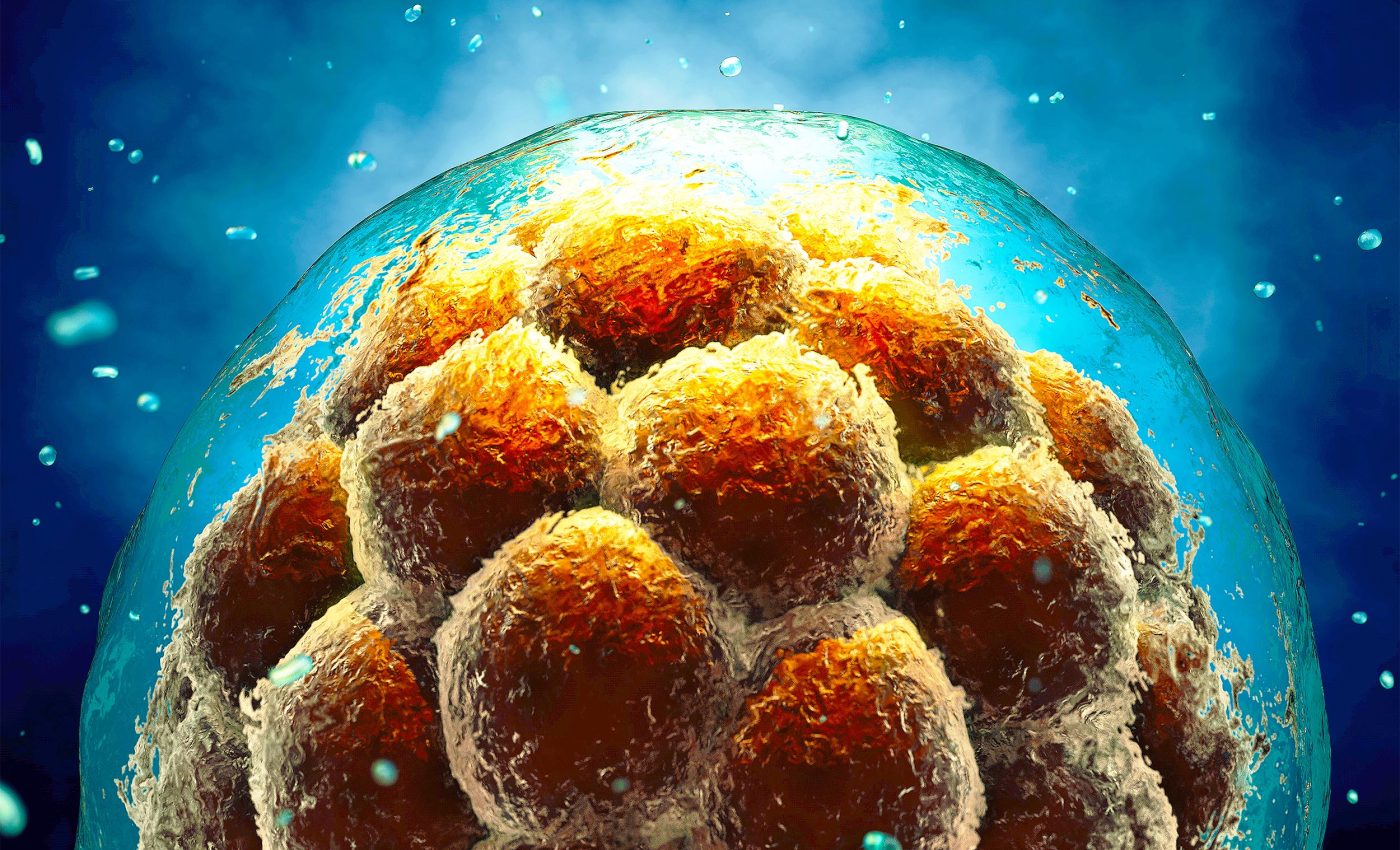
How do your cells know which parts of your body to build? Brilliant new tech is helping us find out
A single fertilized egg somehow manages to build skin, brain, and blood cells within a matter of days. But how do those first cells know which body parts to build? How do some cells know to create kidneys while other cells immediately start creating skin?
Solving that puzzle has kept developmental biologists busy for more than a century, yet many lineage maps still look like unfinished sketches.
Now an Australian team reports a tracking tool called LoxCode that labels every cell in a mouse embryo with a unique DNA tag and follows its descendants as tissues form.
“This creates a trackable barcode, allowing us to peer inside this fundamental process with unprecedented detail,” said Dr. Tom Weber of the Walter and Eliza Hall Institute.
LoxCode tracks each cell from the start
LoxCode relies on the Cre recombinase enzyme to shuffle short DNA cassettes, generating more than 30 billion possible barcodes in a single step.
Each label is copied faithfully as the embryo grows, so scientists can reconstruct family trees later by simple sequencing.
In pilot tests, the team injected the barcode cassette on day 5.5 of pregnancy, when the epiblast is still arranging its first germ layers. A week later they recovered fetuses and read the tags in bulk tissue and at single‑cell resolution.
“That tells us fate bias appears far earlier than textbooks suggest,” explained Prof. Shalin Naik, a laboratory head at WEHI. Some clones reached every corner of the embryo, while others stuck to ectoderm, blood, or limb buds.
By feeding the barcode data into an agent‑based model, the researchers predicted hidden asymmetries, like left‑versus‑right kidney precursors, and then confirmed them experimentally.
Such computational cross‑checks strengthen confidence that the tags truly record biology, not sequencing noise.
How LoxCode writes billions of labels
Earlier lineage tracing systems depended on viruses or CRISPR cuts, which can damage cells or miss subtle branches. One CRISPR recorder captured only a few hundred unique edits across a whole zebrafish, limiting resolution.
LoxCode gets around previous limitations by using 13 short pieces of DNA, arranged so that an enzyme called Cre recombinase can shuffle them in many different ways. Once the pieces reach a smaller, stable size, the shuffling stops, locking the DNA tag in place for each cell.
Since each DNA piece is very short, these tags are easy to read using standard genetic sequencing tools. That makes the method affordable, even for labs without large budgets.
The team also created a special breed of mouse, called strain 037677, which is available from The Jackson Laboratory. Researchers can use it by pairing it with another mouse that activates the barcoding process in specific tissues.
Revealing hidden bias in the embryo
Pluripotent cells were long assumed to wait for external signals before picking a destiny. Yet the new data show many clones already lean toward one germ layer while the fetus is still the size of a poppy seed.
For instance, epiblast cells sitting near the forming early streak produced mostly blood and mesenchyme cells, matching earlier dye‑label studies but adding single‑cell resolution.
Conversely, anterior clones favored neural tissues, hinting that position cues translate into lineage bias before gastrulation starts.
Unexpected asymmetries emerged too. The left limb bud often traced back to different founders than the right, suggesting randomness, not mirror symmetry, seeds the first skeletal blueprint.
Such insights could clarify why some congenital disorders strike only one side of the body. LoxCode also gives stem‑cell engineers reference maps for guiding organoids toward balanced growth.
From brain growth to stroke repair
Because barcoding works in live mice, investigators are already adapting it to study immune development, gut regeneration, and tumor relapse.
A neuroscientist at the University of Queensland is tracing how newborn neurons integrate into adult circuits after a stroke, using LoxCode to mark progenitors at the injury edge.
Cancer biologists plan to follow how therapy‑resistant clones emerge over months of drug exposure. By back‑tracking each surviving cell to its earliest barcode, they hope to spot vulnerabilities before relapse.
Drug developers could one day screen compounds that push harmful lineages back toward healthy fates. That approach pairs naturally with single‑cell RNA profiles, revealing not just where a clone goes but how its gene programs shift along the journey.
What this means for medicine
Developmental disorders often arise from mis‑timed cell decisions that happen weeks before clinical symptoms.
With a cellular ancestry chart in hand, researchers can pinpoint the first wrong turn and design precise interventions.
Gene therapies that swap faulty DNA in founder cells might correct an entire lineage instead of treating tissues piecemeal.
Similarly, transplant doctors could verify that lab‑grown grafts contain the right mixture of cell types before surgery.
Ethical questions will follow, especially if human embryos are ever tagged at comparable depth. For now, the focus stays on mice, where LoxCode already promises to rewrite textbooks on early embryonic patterning.
The study is published in the journal Cell.
—–
Like what you read? Subscribe to our newsletter for engaging articles, exclusive content, and the latest updates.
Check us out on EarthSnap, a free app brought to you by Eric Ralls and Earth.com.
—–













